RBI asks banks to open more MSE branches
Updated: Sep 19, 2013 01:54:27pm
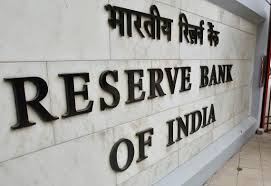
Towards this, it has directed banks to open more branches dedicated to small and medium enterprises (SMEs) in different micro, small enterprises clusters (MSE).
“Banks have been advised to take appropriate measures to improve the credit flow to the identified clusters of micro and small entrepreneurs from the minority communities residing in the minority concentrated districts of the country…
“The RBI has advised banks to open more MSE focused branch offices at different clusters which can also act as counselling centres for them. Each lead bank of the district may adopt at least one cluster,” said RBI Executive Director Deepali Pant Joshi.
In her recent address at the conference on the challenges of enabling urban finance, she said, although, banks offer savings, remittance, loans and other financial services which are important for unserved micro finance clients, they lack key ingredients such as the financial methodologies to reach low income population. There are several issues limiting banks like commitment and organisation structure.
The commitment of commercial banks to micro enterprise lending is often fragile and generally vests on the direction provided by one or two board members rather than it being rooted in their institutional mandate. Secondly, they are hampered by their organizational structures, Joshi said.
Programs for the poor or micro-finance need to be inserted into the larger bank structure at the same time retaining flexibility, operational independence and autonomy.
Banks need an appropriate financial methodology to work with efficiency. In order to increase penny economy, they need suitable financial methodology to service the micro enterprise sector and financial innovations that enable cost effective analysis of credit worthiness, monitoring of relatively poor clients and acceptance of effective collateral substitutes.
Citing an example, she said the bustling urban enclave of Dharavi in the metropolis generates large volume of employment and provides subsidiary services. The cottage and small industry’s need for capital is not very large and they help in ensuring equitable income distribution.
There are several artisan based clusters in India which are skill-based and use simple manufacturing processes and technology. These clusters consist of unorganized sector, tiny units, with little access to market information.
If credit and entire range of banking services from mainstream financial institutions is made available, it will enable the small units to scale up and grow.
Also, the problems of urban poverty can only be addressed by encouraging the small scale service and manufacturing enterprises which generate employment.
“The district industries centres which are designed to impart vocational training to the target group and the Prime Minister Rozgar Yojana have enjoyed only limited success, not so much to infirmities in policy design issues as to faulty implementation and poor targeting, lack of pre- disbursement credit assessment, coupled with poor post-disbursement credit supervision and no space for capacity building and handholding,” Joshi said.
The clear winner is financial inclusion. Savings credit extended to the urban poor by the banks can help grow the micro enterprises and power economic growth.
Micro enterprises like the ubiquitous street-corner paanwallah who runs a small self-sustaining enterprise, if extended credit by banks can expand his business and employ two other helpers.
Such micro enterprises have tremendous potential to create employment and put in place virtuous cycles of economic growth.
She said, “We need to build a suitable framework which need to be localized, customized and contextualized to suit the differing needs of diverse localities and address issues such as the development of an overarching macro policy environment, long-term financial sustainability of microfinance institutions, increasing outreach by capacity building and effective governance and research.”
The challenge of financial exclusion is widespread among the disadvantaged and low-income groups. To facilitate doorstep banking to the excluded segment of the urban poor and provide an institutional mechanism for co-ordination between the government and banks, lead bank has been assigned to 16 districts.
MSMEs make a significant contribution in the country’s gross domestic product (GDP), manufacturing output, exports and employment generation. They contribute eight per cent of the country’s GDP, 45 per cent of the manufactured output and 40 per cent of exports.
As per the estimates of fourth all India census of MSMEs, the number of enterprises is estimated to be about 26 million and these provide employment to 60 million persons.
Out of the 26 million MSMEs, only 1.5 million are in the registered segment while the remaining 24.5 million (94 per cent) are in the unregistered segment.
The state-wise distribution of MSMEs show that more than 55 per cent of these enterprises are in six states, that is Uttar Pradesh, Maharashtra, Tamil Nadu, West Bengal, Andhra Pradesh and Karnataka.
Fewer MSMEs are owned by women which fall under the unorganized sector. Such enterprises are typically established through their own funds or funds obtained through non-institutional sources, they lack managerial bandwidth, do not have established channels for marketing and are centred on a single traditional technology. (KNN/GUNJ)

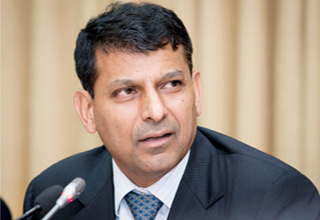
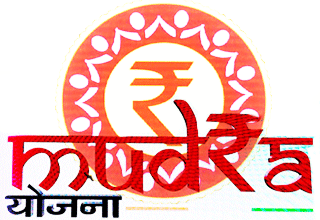
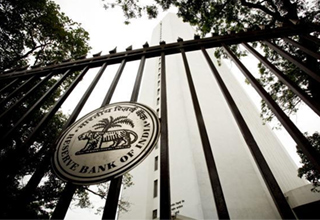
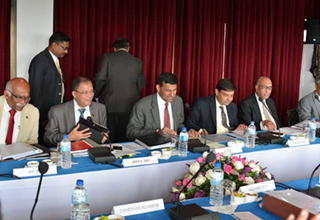






